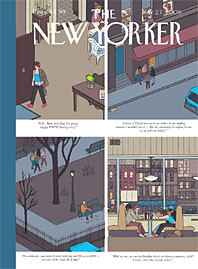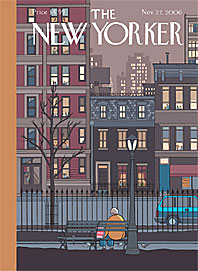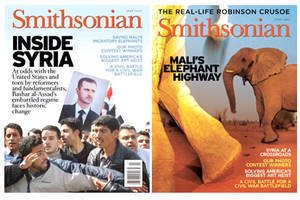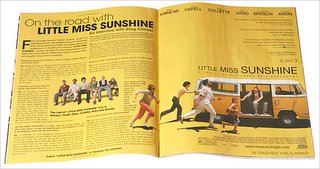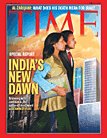I have spent the entire day looking at ways to update links that show my website categories in the sidebar (archives by subject) which has become redundant after I updated to new blogger:( Interestingly, sidebar is one element from Print that is omnipresent online. (Also used on this site to provide easy access to archives, links to my other blog, to list our some links, etc)
It was about 10 years ago, that I was introduced to sidebars. Though layouts have become very dynamic since, sidebars still continue to show up, especially in the front section of various magazines. If you are new to sidebars, here are some common ways to use sidebars in your articles.

1) Provide ‘You too’ angle: Use Sidebars to relate to the reader directly. If you are profiling a successful business person, a sidebar could contain some general information on how you can set up your own business.
2) Sidebars can profile specifics or provide local angle. This is often seen in those Indian titles that have content licensing agreement with international publications. India angle is sometimes provided through a sidebar!
3) Use them to add late-breaking information to your article.
4) Timelines also make good sidebars and show the story in context—how it all began, and how we arrived at this situation. (Though, I feel timeslines work best running through the double spread on top or at the bottom).
5) Highlight one person’s view, usually a minority opinion, on the topic.
6) Highlight case studies/personal stories to support your article.
Since, sidebars are expected to aid readership of your story, here are some do's and don'ts

1. Place sidebars along the main story. Never at end.
2. Content should self contain, not depend on main story.
3. Body type and colour can vary.
4. Heads should be direct, simple, even labels (as shown in the example from Better Photography here).
5. Visually, they provide contrast.
Still want to know more? Refer to '
The Many Uses of Sidebars' in FOLIO:
Labels: Editorial


















